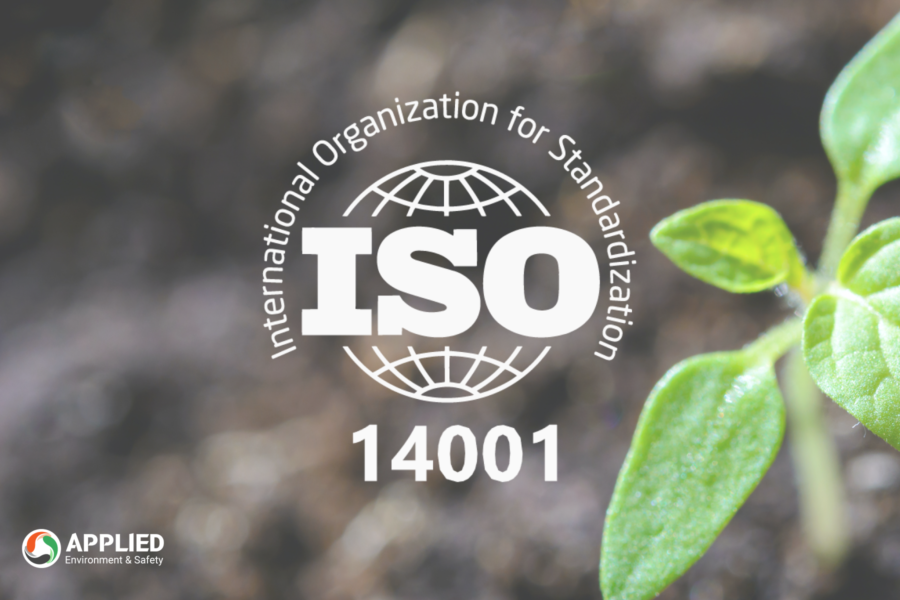
How to Conduct an Effective Internal Audit (ISO 14001) + FREE Template
Conducting internal audits of your EMS is important to evaluate the effectiveness and implementation of the management system. Using an ISO 14001 Internal Audit Checklist can help identify improvement opportunities and ensure compliance with environmental management standards. To make the process easier, download our FREE ISO 14001 Internal Audit Checklist and follow this guide to improve your environmental performance. This article provides an overview of ISO 14001, the environmental management system framework, and the importance of conducting internal audits.
What is ISO 14001?
ISO 14001 is an internationally-recognised framework that provides organisations with the requirements of an environmental management system. An environmental management system (EMS) aligned with the ISO 14001 Standard allows an organisation to identify their environmental risks, and implement processes to ensure continual improvement.
Want to better understand what a management system is? Take a look at What We Do: Management Systems
An effectively implemented EMS allows an organisation to minimise its impact on the environment, and optimise environmental opportunities through a systematic framework. This is achieved through mapping out organisational strategic objectives and aligning them with goals and outcomes that are environmentally sustainable.
In essence, ISO 14001 provides a framework that determines how your organisation is currently impacting the environment, identifying areas of improvement and potential risks along the way.
Why is ISO 14001 Important?
There are many reasons why an organisation should take a strategic approach to improve its environmental performance.
Users of the standard have reported that ISO 14001 helps:
| – Demonstrate compliance with statutory and regulatory requirements | – Achieve strategic business aims by incorporating environmental issues into business management |
| – Increase leadership involvement and engagement of employees | – Provide a competitive and financial advantage through improved efficiencies and reduced costs |
| – Improve company reputation and confidence of stakeholders through strategic communication | – Encourage improved environmental performance of suppliers by integrating them into the organisation’s business systems |
Implementation of ISO 14001
Below are some key considerations for the implementation of an EMS aligned to ISO 14001.
Context of the Organisation:
Consideration of the external and internal issues that can affect the intended outcomes of the system need to be included in your EMS. The needs and expectations of interested parties should also be considered in regard to environmental management.
Emphasis on Leadership and Commitment:
It is widely recognised that a successful management system requires commitment and support from top management. Emphasis on leadership by top management is required in the Standard. This includes the integration of environmental management into the organisation’s core strategies, processes and priorities.
Risk Approach to Management:
The Standard requires the identification, determination and inclusion of aspects that can have a significant environmental impact as part of a risk based management approach. This includes the requirement for organisations to specify the criteria used to determine risk.
Life Cycle Perspective:
Thinking of each stage of a product or service as part of a lifecycle perspective is required under the Standard. This includes considering the organisation’s control or influence during procurement through to end-of-life treatments.
Audits For Compliance
An audit is a systematic, independent and documented process for determining whether your management systems and processes effectively address specific risks and are being implemented in accordance with internal and external requirements.
The objective of an ISO 14001 audit is to assess operations to identify strengths and weaknesses, determine effectiveness and compliance, and measure progress. This will be in relation to:
| – Compliance with statutory and ISO standard requirements | – Staff awareness of risks and controls |
| – Implementation of policies, standards and procedures | – Maintaining accreditation or other external stakeholder requirements |
| – Management control of environmental practices | – Exploring improvement opportunities |
For more information on environmental audits, see A Guide To Environmental Audits & Inspections
ISO 14001 Internal Audit Checklist
An ISO 14001 internal audit checklist can be used as an effective tool for checking the implementation of your EMS. Self-auditing can help to define a high-level overview of your organisation’s performance, and determine the effectiveness of the management system. It can also help to identify problem areas and successfully apply principles of continuous improvement.
Self-auditing is best used as a tool to discover the potential opportunities for innovation and continuous improvement. This is not a replacement for a third party certified body audit and will not necessarily result in ISO certification. Further details on ISO certification is provided in the next section.
We have provided you with a simple and easy-to-follow ISO 14001 internal audit template to determine your compliance against ISO 14001. Fill in your details below to download the template.
Do you need assistance?
We have vast experience in the review, development and implementation of management systems and ISO 14001 auditing. Our experience includes:
| – Auditing of management system compliance and opportunities for improvement | – Development of policies and standards |
| – Environmental or Safety Management System review and gap analysis | – Development of environmental management procedures and safe operating procedures |
| – Management system document development | – Implementation of management system processes |
To find out more about our experience with ISO 14001 and management systems, view our Projects here or Contact us if you need support or have a detailed question for one of our team of experts.
